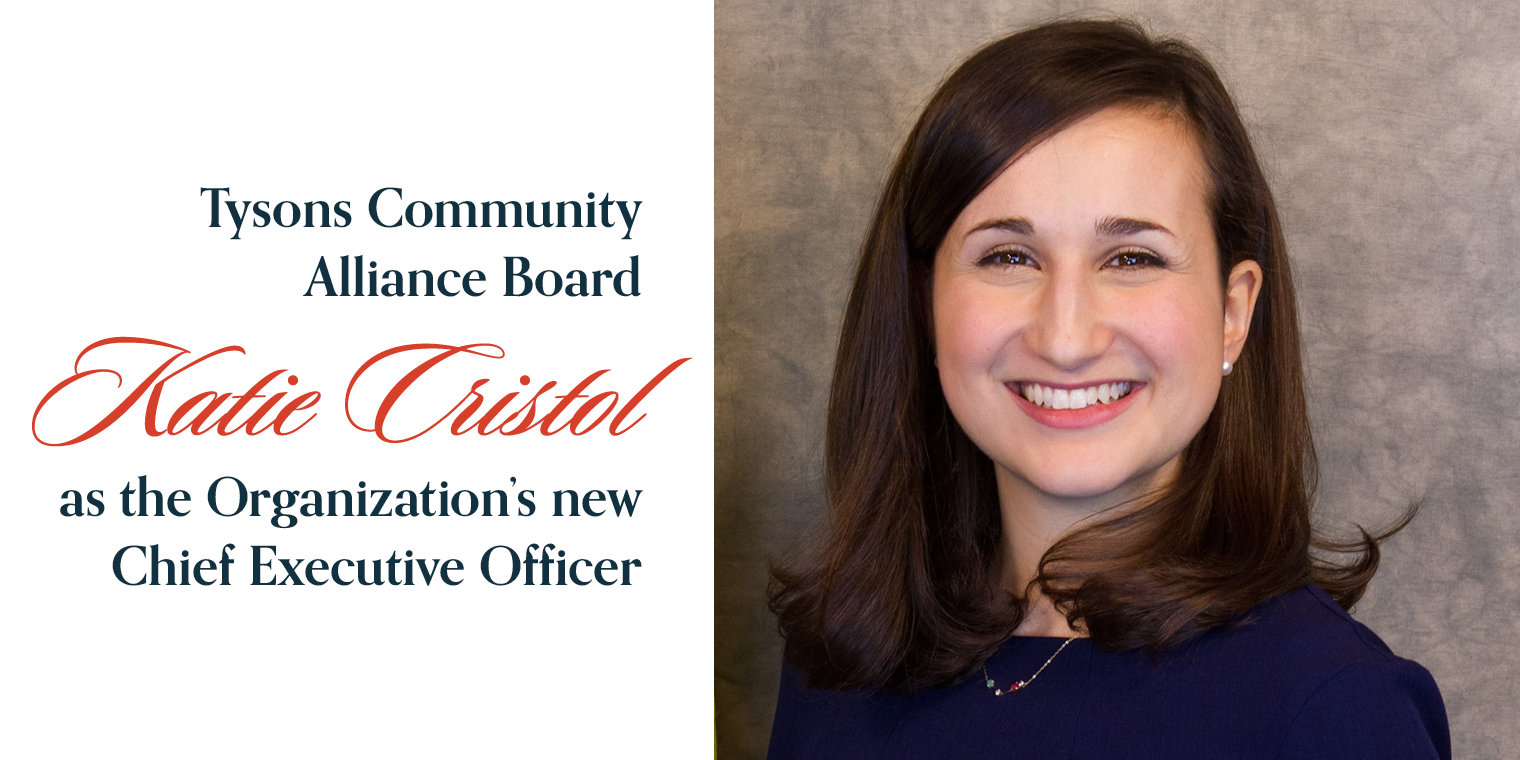For the past seven years, Charles Stark has been the executive director in charge of The Dulles Corridor Metrorail Project.
Now he has announced he will be retiring in July, a few weeks after announcing that the project, labeled the Silver Line and being built by the Metropolitan Washington Airports Authority, will be ready in September for turnover to the Washington Metropolitan Area Transit Authority (WMATA) to operate, improving the Dulles Corridor’s connection to the regional transit system.
Stark is confident that the people and the talent is in place to finish the job and deliver a safe, durable, dependable transit line. He praised his team, some of whom had worked previously on Phase 1 and brought valuable history to the job.
Phase 2 of the Silver Line includes six stations, five of which reflect the design of Phase 1 stations, mostly closely mimicking the Wiehle-Reston East Station. However, Stark’s favorite is the distinctive aerial Dulles Airport Station. The architecture of that station, which sits across Saarinen Circle from the Main Terminal, gives a nod to the Eero Saarinen-designed terminal and includes a glass windscreen comprised of more than 300 panels.
“The station is very impressive and a great addition to the airport,” said Stark, who shares Saarinen’s Finnish roots.
The Dulles Corridor Metrorail Project was challenging because of the multiple agencies and partners involved. A major positive, however, has been the significant support the project has received from the business community and landowners who were early to recognize the potential economic benefits and opportunities for transit-oriented development in existing older areas such as Tysons as well as in new growth areas in western Fairfax and eastern Loudoun counties.
Stark is not surprised that Tysons Corner, 20 years ago a traffic-congested mass of low-rise development, is now referred to as a “city.” Economists say more than 60 million square feet of new transit-oriented development sits in the development pipeline.
Stark came to the job after 40 years of successful stints with train/transit projects since an early opportunity after graduating from college led him to a post involving transit vehicles. His career includes management of new billion-dollar rail projects in Los Angeles and in New York City where he was involved in project management, project construction, design, safety and quality, and budgets. He holds a master’s degree in civil engineering from Manhattan College and a bachelor’s degree in mechanical engineering from the City College of New York.
The veteran “railroad man” who fell in love with trains as a youngster riding the New York subway with his mom and brother to Macy’s to shop has fond memories of Silver Line construction and great expectations for the increasing positive impacts the rail line continues to have on the economy of Northern Virginia, Dulles Airport and the entire region.
When he retires, Stark plans to head home to New Jersey, a bit closer to the New York subway.






